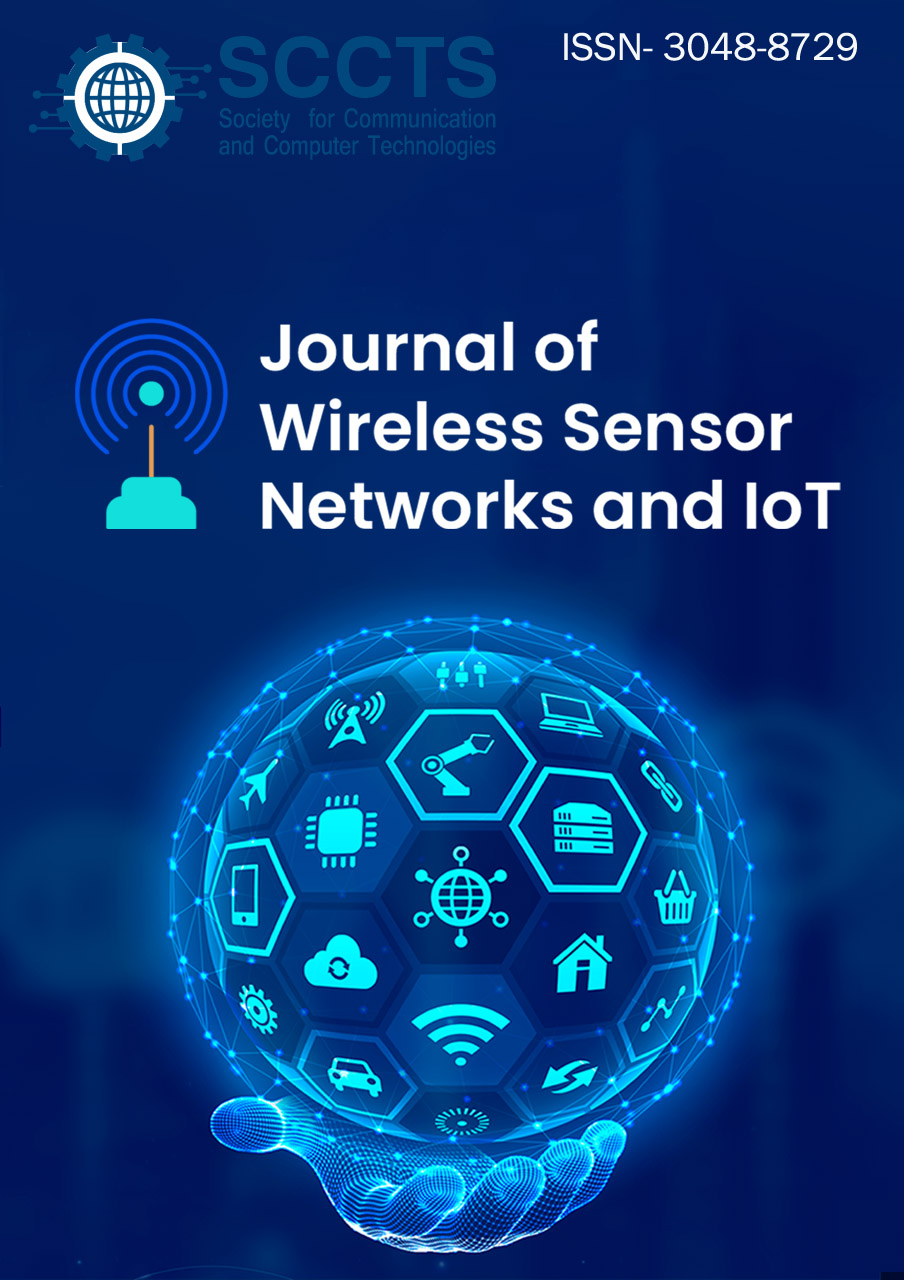Peer Review Policy
Peer Review Policy for the Journal of Wireless Sensor Networks and IoT
Peer Review Process
Welcome to the Peer Review Process of the WSNIOT journals. In the pursuit of advancing knowledge and fostering impactful research in the fields of Antenna and Communication, we have established a meticulous peer review system. This process stands as a testament to our commitment to maintaining the highest standards of quality, originality, and relevance in the scholarly work we publish. With a firm belief in the power of rigorous evaluation, collaboration, and constructive feedback, we have designed a comprehensive peer review journey that ensures the scholarly integrity of each publication. We recognize that the vitality of the academic community lies in the exchange of novel ideas, empirically grounded insights, and innovative approaches. This process not only sifts through submissions for their scholarly merit but also offers authors the opportunity to refine and enhance their contributions through the thoughtful assessments of their peers. Below is an overview of the steps involved.
Overview of the Peer Review Process:
- Manuscript Submission: Authors submit research papers via the online submission system.
- Editorial Review: Submitted manuscripts undergo initial screening by the editor. The editor checks for alignment with the journal’s scope, standards, style, format, and originality/plagiarism. The first decision is communicated within 10 days.
- External Review: If the manuscript passes the initial screening, it’s sent to external reviewers, The WSNIOT journal follows a double-blind peer-review process. After obtaining approval from the associate or section editor within 14 days, the manuscript is assigned to three peer reviewers. The peer-review process takes approximately 30 days.
- Peer review Assessment: Reviewers assess the manuscript and recommend publication or revisions to the editor. The editor then writes a decision letter based on the feedback and recommendations. The decision options include:
-
- Acceptance: A paper is accepted as the original draft.
- Minor revisions: The editor asks the authors to make some minor changes to the paper.
- Major revisions: The editor asks the authors to make some major changes to the paper. Usually "Major revision" requires re-review from the reviewers.
- Rejection: The editor rejects the manuscript based on the reviewers’ and editors‘ comments and feedback
- Revisions: Authors receiving revision requests have around 30 days to resubmit the revised manuscript. The associate editor reviews reviewers’ comments in about 7 days. The editor considers revisions and reviewers’ feedback before making a final decision, which is communicated within 7 days.
- Final Decision: The chief editor assesses whether revisions adequately address concerns. If both the editor and reviewers are satisfied, the manuscript proceeds to the final stages.
- Acceptance and Formalities: If accepted, an acceptance letter is sent to the authors. Authors may complete the necessary formalities for publication. The manuscript undergoes copyediting, language editing, and format conversation in about 14 days.
- Proofreading and Online Publication: Authors receive the proofread version and have 7 days to review. Following the authors’ submission of the proofread version, the final iteration is published on the journal’s website within approximately 7-10 days. The final version adheres to international formatting guidelines.





